
About the Author
Rick Sapp is a cultural anthropologist and freelance writer. Specializing in all things outdoors, he camps, hikes, hunts, and kayaks from the Panhandle to the Keys. He now lives in Albuquerque, New Mexico.

Camping Florida
An imprint of The Rowman & Littlefield Publishing Group, Inc.
4501 Forbes Blvd., Ste. 200
Lanham, MD 20706
www.rowman.com
Falcon and FalconGuides are registered trademarks and Make Adventure Your Story is a trademark of The Rowman & Littlefield Publishing Group, Inc.
Distributed by NATIONAL BOOK NETWORK
Copyright 2019 The Rowman & Littlefield Publishing Group, Inc.
A previous edition of this book was published by Falcon Publishing, Inc., in 2009.
Photos by Rick Sapp unless otherwise noted.
Maps by The Rowman & Littlefield Publishing Group, Inc.
All rights reserved. No part of this book may be reproduced in any form or by any electronic or mechanical means, including information storage and retrieval systems, without written permission from the publisher, except by a reviewer who may quote passages in a review.
British Library Cataloguing in Publication Information available
Library of Congress Cataloging-in-Publication Data available
ISBN 978-1-4930-4312-5 (paperback)
ISBN 978-1-4930-4313-2 (e-book)
 The paper used in this publication meets the minimum requirements of American National Standard for Information SciencesPermanence of Paper for Printed Library Materials, ANSI/NISO Z39.48-1992.
The paper used in this publication meets the minimum requirements of American National Standard for Information SciencesPermanence of Paper for Printed Library Materials, ANSI/NISO Z39.48-1992.
The authors and The Rowman & Littlefield Publishing Group, Inc. assume no liability for accidents happening to, or injuries sustained by, readers who engage in the activities described in this book.
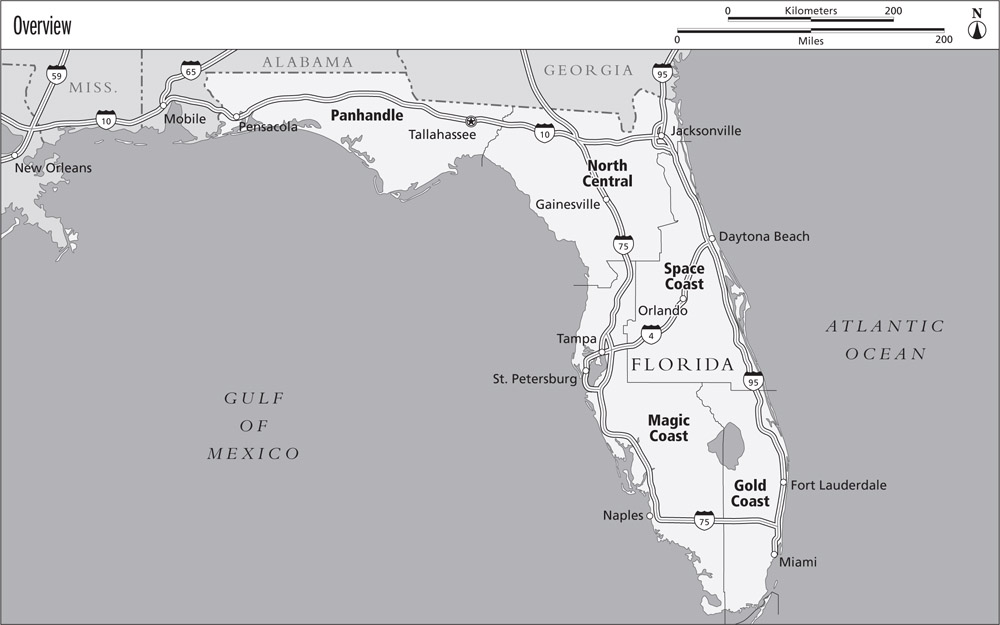
Acknowledgments
I must thank the staff and volunteers who make Floridas splendid public parks, forests, and wildlife areas work at all levels: federal, state, county, and municipal. Without these often underpaid and underappreciated professional staff who love the outdoors, the Sunshine State would not have its world-class park system; without the unpaid volunteers who devote countless hours to such mundane tasks as picking up litter and painting signs and removing invasive flora and fauna, our parks, wetlands, and forests would not have their customary elegant feel, sometimes primitive and sometimes simply comfortable. Muchas gracias. Obrigado. Merci beaucoup. Danke schen. Thank you.
Introduction
No place in the world beats Florida for being wonderful and crazy at the same time. Here are a few facts (and pseudo-facts) from various books, brochures, and websites such as stateofflorida.com:
A museum in Sanibel owns 2 million shells and claims to be the worlds only museum devoted solely to mollusks.
The US city with the highest rate of lightning strikes per capita is Clearwater.
Dr. John Gorrie of Apalachicola invented mechanical refrigeration in 1851and died penniless, unknown, and unrecognized.
Miami installed the first bank automated teller machine especially for in-line skaters.
Florida is the only state that has two rivers with the same name: Withlacoochee in north central Florida (Madison County) and Withlacoochee in central Florida (enters the Gulf between Levy and Citrus Counties).
Distance from Pensacola to Key West: 792 miles by road
Coastline: 1,197 statute miles, but the tidal shoreline is 2,276 statute miles
Number of lakes greater than 10 acres: approximately 7,700
Number of first magnitude springs: 27 (more than any other state)
Number of islands greater than 10 acres: approximately 4,500 (Florida is second in the nation by this measure; only Alaska ranks higher)
Number of people who move to Florida each day: 1,000
Number of hotel rooms: more than 370,000
Number of campgrounds: 700+ (100,000 campsites)
Number of people who camp in Florida each year: more than 6 million
If you are a camper at heart, recognize that Florida offers magnificent landscapes, from coral reefs to dry highlands, from bright, sugar-sand beaches to swamps teeming with gators. The weather varies almost as much, from summers with 100-degree-plus temperatures to winters occasionally bringing snow. Of course, the image most people have of Floridas sunny and humid camping is also right. But you have to fill out the picture: We have beautiful and unspoiled beaches. We have cold, clear springs. We have shady oak hammocks where you can hang out and feel the cares of the world slip away. And we have miles of Everglades and nature trails, kayak trails, and multiuse trails.
When you camp here, look for the rare crocodile and the elusive ivory-billed woodpecker, long thought to be extinct, but... maybe not. Shiver in the springs and build sand castles by the ocean. Snorkel in the Keys and hike the restored longleaf highlands, fragrant with the scent of pine. Watch rockets take off and complete your bird lists. Hunt deer, catch fish, and pedal our multiuse trails.
Please do come for a visit. Toss up your tent and swing up the RV awning as soon as possible. Were ready to show you around. Then, go home and tell your neighbors to come for a visit. I am convinced that once you experience the real Florida, the essence of this lovely state, you will want to help preserve and protect it for generations to come.
How to Use This Guide
Camping Florida zeroes in on public campgrounds and parks, but a few private RV parks are also listed as examples of what is available. The lists and descriptions are close to exhaustive, although change is continuous. Along with the developed sites, Ive included some primitive places where you must pack in or canoe in(!) with food, water, and camping gearand then take everything out when you leave. I also mention youth and group sites, cabins, yurts, and tepees. Florida emphasizes diversity in its campgrounds, and you will find one of everythingmany of everything, in factin our marvelous state.
Why focus only on public campgrounds, not private? There are hundreds of fine privately owned and operated campgrounds in Florida, perhaps thousands. There must be that many to accommodate the 6 million campers the state receives each year. Private campgrounds supplement public camping and sometimes provide the necessary magic that allows campers to fully appreciate an area. Most are well managed, clean, quiet, in conformity with state and local laws, and corporately conscious of Floridas inherent fragility. Private campgrounds come and go, however, and are primarily located in high-traffic locations. They also change owners and websites with some regularity. Their ultimate job is not to preserve the sensitive diversity of the peninsulas landscape or even to make sure you have a good time, but to make a profit, which is not a bad thing.
Public campgrounds, on the other hand, are by and large here to stay. While they close occasionally for repairs, you can count on their continued availability, and their fee structure is always reasonable. Additionally, public sites offer access to more of Florida, with locations not just in the most beautiful areas but also in the remote nooks and crannies of the state, those wild places that can only be reached with effort, on foot or via kayak. Public parks also have a committed staff with volunteers who care about public, rather than private, profit. Campers, kayakers, and hikers understand this.
Next page

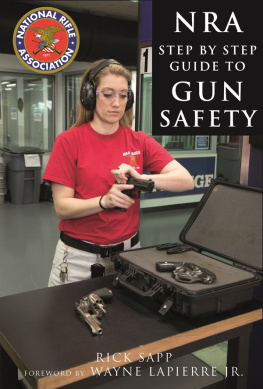

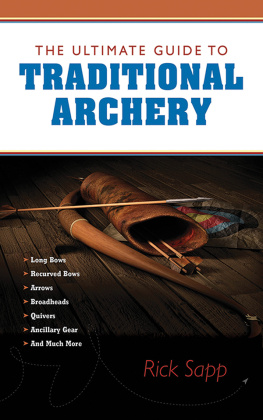


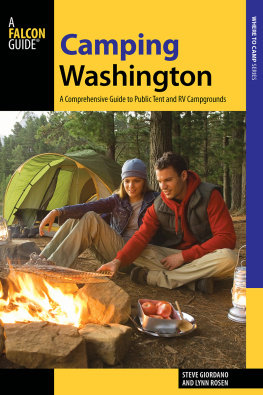
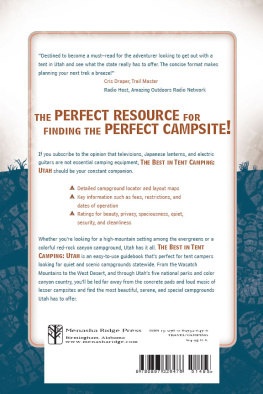


 The paper used in this publication meets the minimum requirements of American National Standard for Information SciencesPermanence of Paper for Printed Library Materials, ANSI/NISO Z39.48-1992.
The paper used in this publication meets the minimum requirements of American National Standard for Information SciencesPermanence of Paper for Printed Library Materials, ANSI/NISO Z39.48-1992.